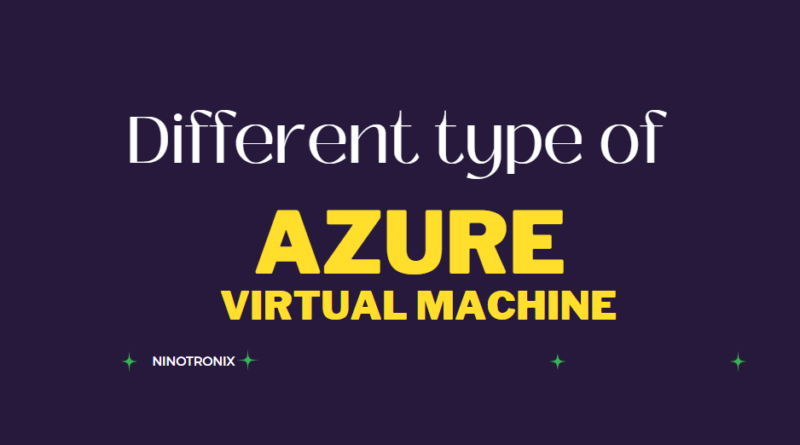List different types of VM in Azure
In Azure, there are several different types of virtual machines (VMs) that can be used for various computing workloads. Here are the different types of VMs in Azure:
- General-purpose VMs: These are the most commonly used VMs for general-purpose computing workloads. They are available in different sizes and configurations, such as A, B, D, E, and F series.
- Compute-optimized VMs: These VMs are designed for compute-intensive workloads that require high CPU performance. They are available in different sizes and configurations, such as Fsv2 and Lsv2 series.
- Memory-optimized VMs: These VMs are designed for memory-intensive workloads that require high memory capacity. They are available in different sizes and configurations, such as M, Esv3, and Mv2 series.
- GPU-enabled VMs: These VMs are designed for workloads that require high-performance graphics processing, such as gaming, 3D rendering, and machine learning. They are available in different sizes and configurations, such as NV and NC series.
- High-performance compute VMs: These VMs are designed for workloads that require high-performance computing power, such as scientific computing and financial modeling. They are available in different sizes and configurations, such as H and HC series.
- Storage-optimized VMs: These VMs are designed for workloads that require high disk throughput and low latency, such as large-scale databases and big data processing. They are available in different sizes and configurations, such as Ls and Lsv2 series.
- Confidential computing VMs: These VMs are designed for workloads that require encryption of data in use, such as financial transactions and healthcare data processing. They are available in different sizes and configurations, such as DC series.
Each of these VM types has its own unique features, specifications, and pricing. Azure users can choose the appropriate VM type based on their specific computing requirements and workload characteristics.




